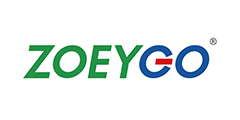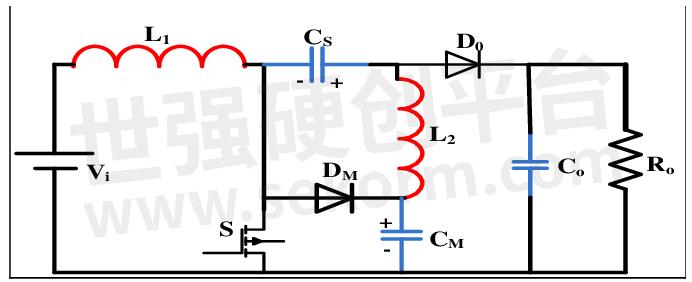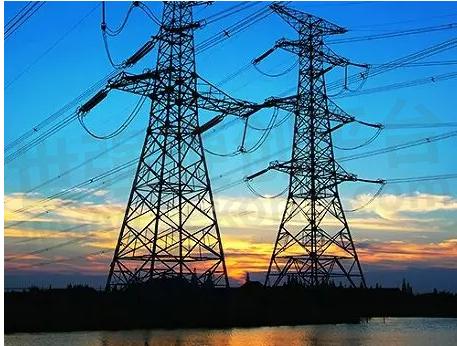The Features, Applications, and Advantages of Bidirectional DC-DC Converters

The rapid growth of renewable energy sources and the increasing demand for efficient energy management has led to the development of advanced power conversion systems. Among them, Bidirectional DC-DC Converters have emerged as a promising solution for effective power conversion and energy management. This article explores the features, applications, and advantages of bidirectional DC-DC converters.

Key Features of Bidirectional DC-DC Converters:
Bidirectional DC-DC converters are capable of transferring power bidirectionally between two energy sources or energy storage systems. They can convert energy from a high-voltage source to a low-voltage source or vice versa. These converters efficiently manage energy flow in both directions, enabling energy storage, grid integration, and seamless transition between power sources.
Applications of Bidirectional DC-DC Converters:
1. Renewable Energy Integration
Bidirectional DC-DC converters play a vital role in integrating renewable energy sources like solar panels and wind turbines with the power grid. They efficiently convert the variable DC voltage generated by these sources into a stable voltage suitable for grid connection. Additionally, these converters enable the bidirectional flow of energy, facilitating energy storage in batteries or other storage systems.
2. Electric Vehicle Charging
Bidirectional DC-DC converters are essential in electric vehicle (EV) charging infrastructure. They allow bidirectional power flow between the EV battery and the grid, enabling vehicle-to-grid (V2G) and vehicle-to-home (V2H) capabilities. These converters facilitate the use of EV batteries for energy storage during peak demand, thereby balancing the grid and reducing strain on power generation plants.
3. Energy Storage Systems
Bidirectional DC-DC converters are widely used in energy storage systems such as battery banks and supercapacitors. They efficiently manage the charge and discharge process, ensuring optimal utilization of stored energy. These converters also allow the integration of various types of energy storage technologies, enhancing reliability and flexibility in energy management.
Advantages of Bidirectional DC-DC Converters:
1. High Efficiency
Bidirectional DC-DC converters exhibit high efficiency in both directions of power flow, minimizing energy losses during conversion. This results in reduced energy costs and improved overall system performance.

2. Flexible Operation
These converters provide flexibility in power source selection, facilitating a seamless transition between different energy sources. They also enable the usage of surplus energy generated by renewable sources for charging energy storage systems or feeding back into the grid.
3. Enhanced Stability and Reliability
Bidirectional DC-DC converters contribute to grid stability by ensuring a stable and reliable power supply. They enable the integration of distributed energy resources, enhance fault tolerance, and reduce the impact of intermittent renewable energy sources on the grid.
Conclusion:
Bidirectional DC-DC converters have emerged as a highly efficient and versatile solution for power conversion and energy management. Their ability to transfer power bidirectionally enables seamless integration of renewable energy sources, facilitates EV charging infrastructure, and optimizes energy storage systems. With their numerous benefits, bidirectional DC-DC converters are expected to play a crucial role in the future of sustainable energy systems.
- +1 Like
- Add to Favorites
Recommend
This document is provided by Sekorm Platform for VIP exclusive service. The copyright is owned by Sekorm. Without authorization, any medias, websites or individual are not allowed to reprint. When authorizing the reprint, the link of www.sekorm.com must be indicated.



































































































































































































































































































































































































































































































































































































































































































































































































































































































































